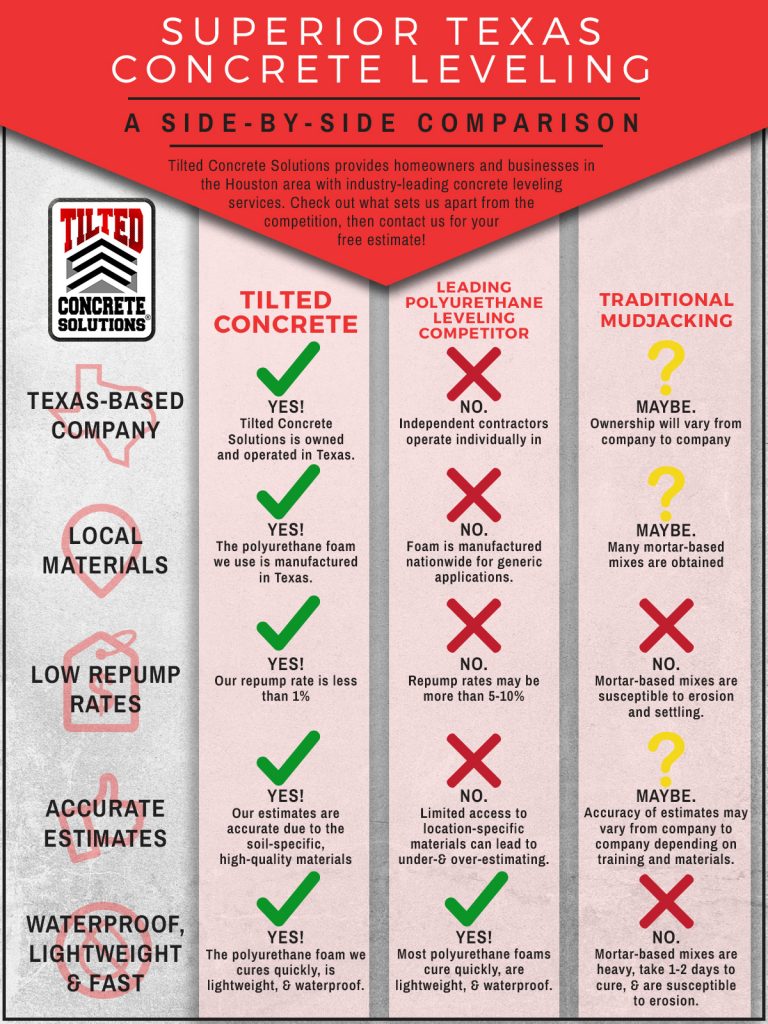Shade Choice Essentials: A Thorough Guide To Painting The Exteriors Of Industrial Buildings
Shade Choice Essentials: A Thorough Guide To Painting The Exteriors Of Industrial Buildings
Blog Article
Authored By-Mendoza Sexton
When it concerns business external painting, the colors you select can make or damage your brand's charm. Recognizing just how different shades affect perception is crucial to drawing in consumers and developing count on. But it's not just about personal preference; regional patterns and policies play a substantial duty as well. So, exactly how do you find the best equilibrium in between your vision and what reverberates with the community? Allow's explore the essential aspects that assist your shade selections.
Comprehending Color Psychology and Its Impact on Business
When you select colors for your company's exterior, understanding color psychology can significantly affect exactly how possible customers view your brand.
Shades stimulate emotions and established the tone for your business. As an example, blue typically conveys depend on and professionalism and trust, making it excellent for financial institutions. Red can produce a sense of urgency, perfect for dining establishments and clearance sales.
At the same time, eco-friendly symbolizes development and sustainability, attracting eco-conscious consumers. Yellow grabs interest and triggers optimism, but excessive can bewilder.
Consider your target audience and the message you wish to send. By picking the ideal colors, you not only enhance your curb charm yet additionally straighten your image with your brand name worths, eventually driving client engagement and commitment.
Analyzing Local Trends and Regulations
Exactly how can you guarantee your outside paint options reverberate with the neighborhood? Start by researching regional fads. painting contractors mn through close-by organizations and observe their color design.
Make note of what's prominent and what feels out of place. This'll help you straighten your options with neighborhood appearances.
Next, check local laws. Several towns have guidelines on outside colors, particularly in historic areas. You don't intend to hang out and cash on a palette that isn't compliant.
Engage with local local business owner or neighborhood groups to gather understandings. They can supply beneficial feedback on what colors are popular.
Tips for Balancing With the Surrounding Environment
To produce a natural look that blends perfectly with your environments, take into consideration the natural surroundings and architectural designs close by. Start by observing local house painters of nearby structures and landscapes. Natural tones like environment-friendlies, browns, and muted grays often work well in all-natural setups.
If your residential property is near dynamic city locations, you might select bolder shades that mirror the regional power.
Next, consider the building style of your building. Standard styles might take advantage of traditional shades, while modern-day layouts can welcome modern schemes.
Check your color options with samples on the wall surface to see just how they communicate with the light and environment.
Finally, keep in https://www.elpasoinc.com/lifestyle/local_features/acosta-painting-comes-home-for-the-holidays/article_7e22341e-816f-11ed-811d-17598c9984a0.html of neighborhood standards or neighborhood appearances to ensure your selection improves, instead of clashes with, the environments.
Conclusion
Finally, choosing the right colors for your commercial outside isn't just about looks; it's a critical choice that influences your brand name's understanding. By using color psychology, thinking about neighborhood trends, and guaranteeing consistency with your environments, you'll create a welcoming ambience that draws in clients. Don't fail to remember to examine examples prior to devoting! With the best approach, you can raise your business's curb appeal and foster long-term client involvement and loyalty.
